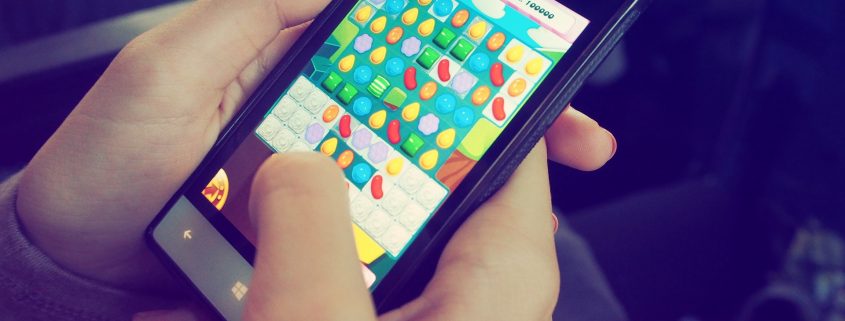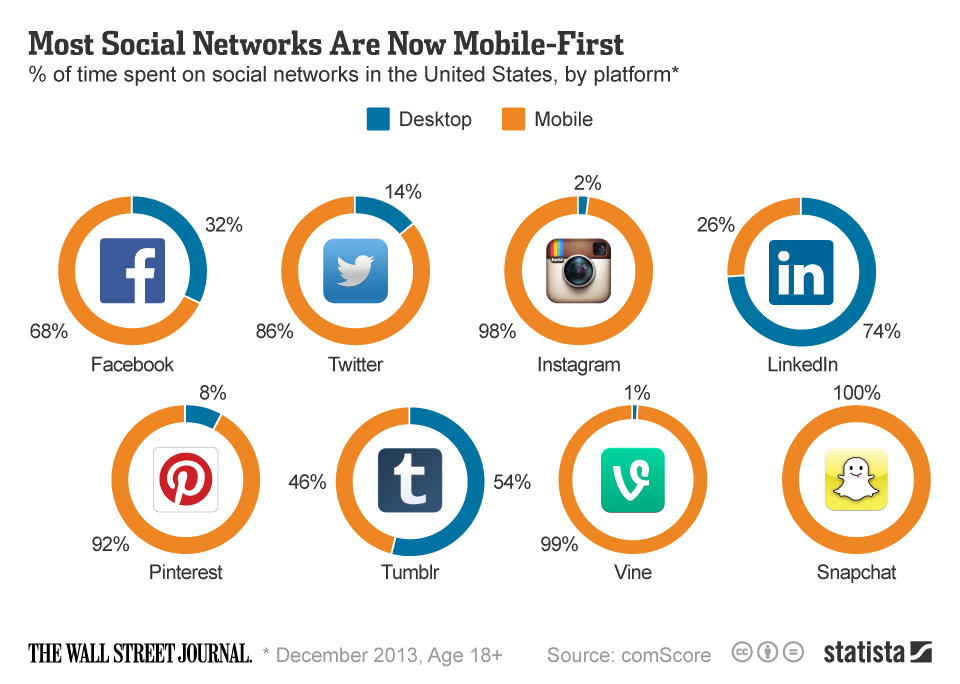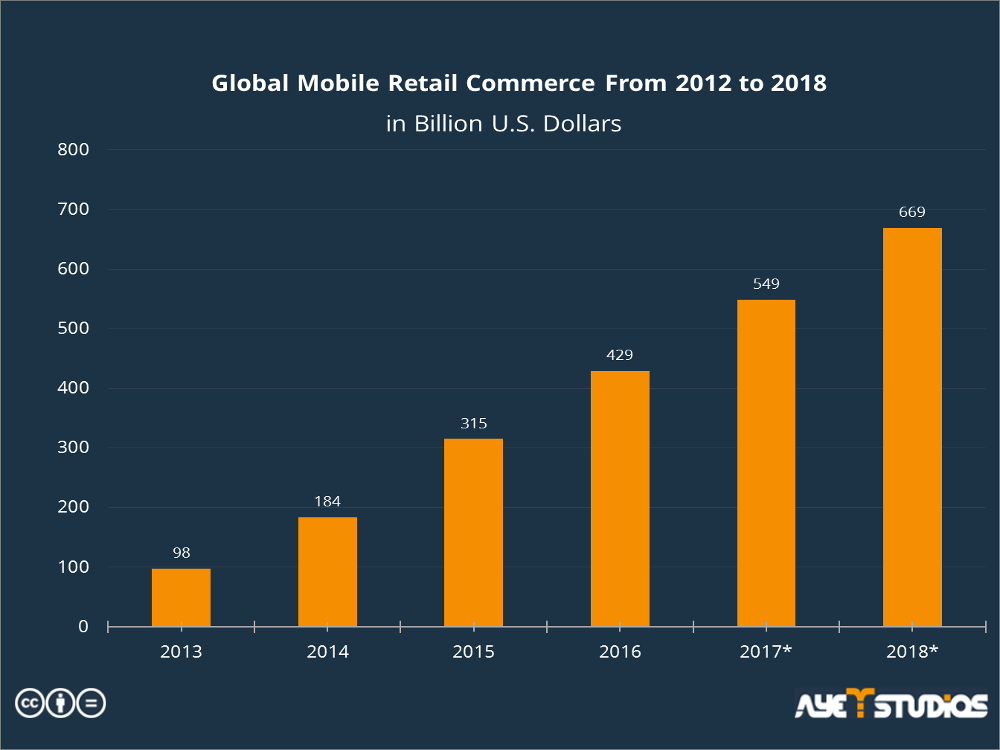Why You Should Use Rewarded Videos!
Rewarded Videos are THE ad format to meet the needs of app developers and users equally. What makes them so unique and efficient from both points of view?
Let’s find out!
What Is Special About Rewarded Videos?
A rewarded video is a short video clip, on average 15 to 30 seconds long, which is designed for in-app environments and of non-skippable nature. It offers users a reward in return for watching the video, although the download itself is the user’s choice. Thereby, it represents a mixture of incent and non-incent advertising.
That’s not the only feature of rewarded videos: they also provide huge advantages for both the user and the advertiser! On the user’s side, interaction with this ad format is by choice since rewarded videos are fully opt-in. Users only have to watch videos if they want to receive rewards. Hence, this format doesn’t disrupt the user experience but increases user engagement with the advertisement. On the developer’s side, the previous point is very important: higher engagement rates also cause increasing revenue and higher viewability rates for advertisers. This interplay of both sides allows advertisers to monetize their app with advertisements and without disturbing the experience for the user.
That’s the theory behind the advantages of rewarded videos. Let’s see, if users actually interact with rewarded videos and don’t feel disturbed by them.
How are Users Reacting to Rewarded Videos?
Last year, the study “In-Game Advertising the Right Way: Monetize, Retain, Engage” disclosed how rewarded videos can help developers monetize their app and drive up user engagement. For that, over 2,000 mobile game developers and players were surveyed. In the following, we want to summarize the findings of this study.
- Players said, oftentimes they choose rewarded videos to pay for an item within the game like virtual currency, boosters or game lifes.
- Users prefer rewarded videos instead of fullscreen-pictures, banners and interstitial videos.
- Almost 80% of all players are willing to engage with rewarded videos in return for a reward: 18% said always, 44% said sometimes and 16% said rarely. Only 22% chose never as their answer.
- Just one of 10 app developers saw their retention drop: on average, it increased by 39% and decreased by 9%.
- With retention, the amount of revenue increased for many developers simultaneously. 52% of developers regard rewarded video ads as the biggest source of revenue in comparison to other advertising formats.
- For 86% of all developers, rewarded videos did not have any negative effect on in-app purchases. On average, 14% of users spent less, 16% spent more and the remaining 70% paid the same as before.
Best Practices for Rewarded Videos
Finally, we want to give you a few tips for using rewarded video ads to their full potential and to your full advantage.
Placement and Frequency
Place your ad where it is directly visible for the user! It should strike his/her attention so that he/she won’t oversee it. In addition, it is advisable to display a rewarded video from time to time but not too often. The keyword we’re looking for is “Frequency Capping”: the user should not assume that the ads will be displayed in every session or after every level. Instead, it should be something special for him/her if it shows up randomly in the game. By that, he/she will understand the value of the rewards he/she receives and be more willing to buy them later on. Thereby, rewarded videos are supposed to increase in-app purchases. However, the value of the video rewards shouldn’t exceed that of the in-app purchases. For that reason, ensuring that every user sees a limited amount of rewarded videos is also a part of frequency capping.
Value and Immediate Utility
The reward, which a user receives for watching the ad, should be helpful and beneficial for the game flow. This can be the respective virtual currency of the game, an additional life or useful power-ups. Additionally, the user should be able to utilize his reward immediately, e.g. to complete a nearly lost game level successfully. Like that, he could revive his avatar or get additional moves, in a game like Candy Crush. Thus, they also have the opportunity to reach a new personal high score through rewarded videos.
All in all, rewarded videos are a great format to engage users and to ensure they won’t leave your app if they are stuck at a specific point!











